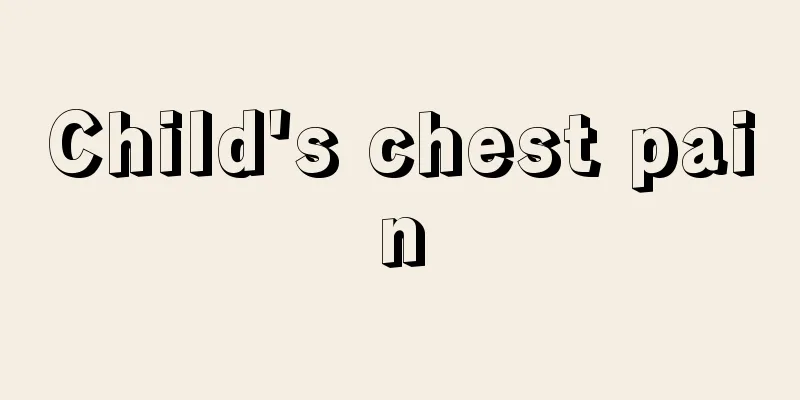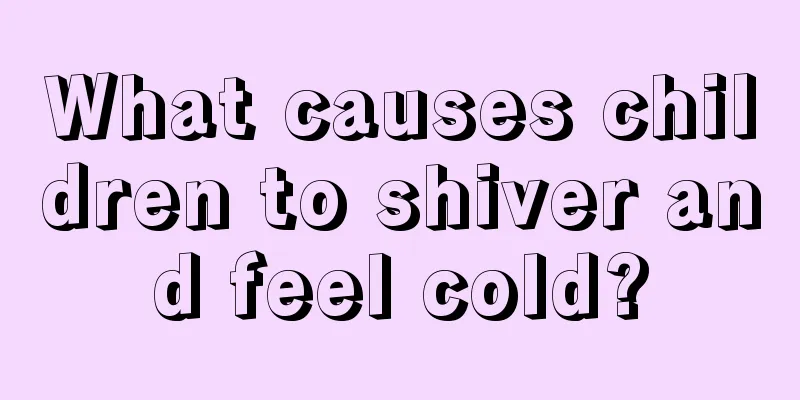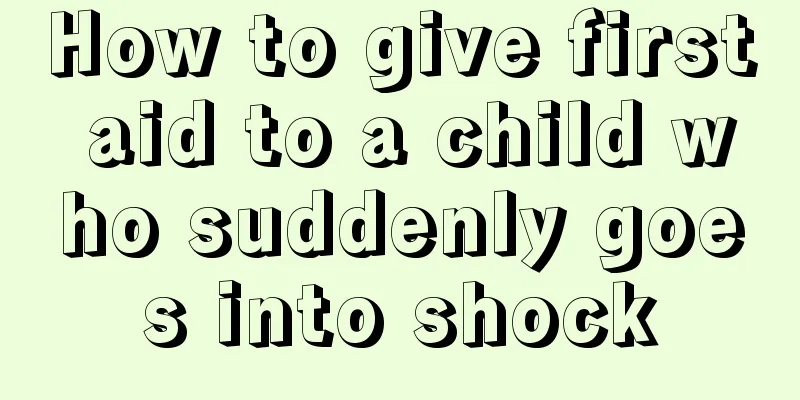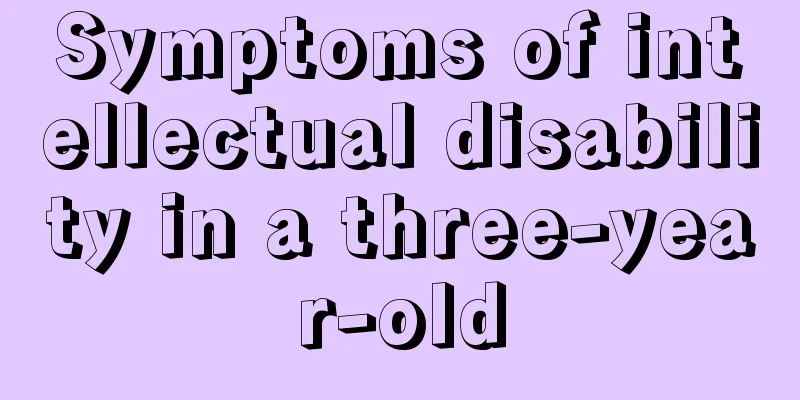How to perform cardiopulmonary resuscitation in children?
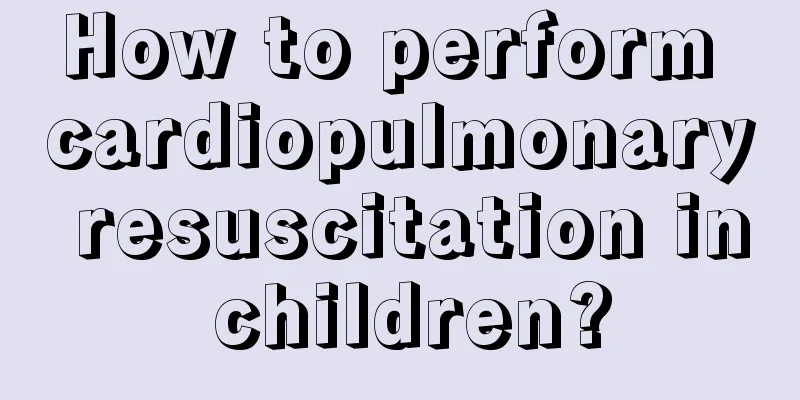
|
CPR is required when a person's heart stops beating or they are not breathing. CPR is a first aid method that uses chest compressions and artificial respiration to reawaken the heartbeat or restore breathing. Since everyone is using CPR, how should children use CPR? 1. Determine the pulse 1. Quickly place the baby on a hard platform, pat the baby's face, call his name loudly, and check consciousness. Open the baby's clothes and feel the carotid and femoral arteries to see if there is a pulse. Make an emergency call at the same time. 2. Open the airway. Open the airway by pressing the forehead and pushing the chin to ensure that the airway is open. Check to see if the chest rises and falls, and take 3 to 5 seconds to feel if there is still breathing. Dangerous objects that can easily cause choking hazards to babies: peanuts, hard candies, jellies, coins, buttons, detached plush toy eyes, detached wheels, bottle caps, glass balls, etc. 2. Simple First Aid 1. Suffocation caused by liquid food: The rescuer holds the baby's neck with his hands, opens the airway, lifts the baby repeatedly several times, and observes whether the baby is breathing. 2. Suffocation caused by solid food: The rescuer lets the baby bend over with his head down, supports the neck, opens the airway, pats the baby's back, and observes whether the foreign body is removed. 3. Artificial respiration Preparation posture: The rescuer stands on the baby's head, takes a deep breath, then leans over and puts his mouth towards the baby's mouth. 1. After the rescuer's mouth is tightly closed with the baby's mouth and nose, perform artificial respiration on the baby (each inhalation lasts 1 to 1.5 seconds), observe the rise and fall of the baby's chest, and after the chest drops completely, give the baby time to exhale, and then give the baby a second breath. 2. If the chest does not rise when blowing, pay attention to whether the head and neck are in the appropriate position, whether there are foreign objects in the respiratory tract, and whether the rescuer's mouth is in close contact with the baby's mouth and nose when blowing. After confirming that the airway is clear, return it to the chest compression position. 3. Check the carotid artery for 5-10 seconds and assess the pulse. Keep pressing your forehead with one hand, and use the index and middle fingers of the other hand to carefully feel the carotid artery for pulsation. If there is a pulse in the carotid artery, only artificial respiration is needed. If there is no pulse and no breathing, infant cardiopulmonary resuscitation must be performed. When the baby still has a heartbeat, performing external cardiac massage is very dangerous and will cause heart rhythm disorder. 4. Extracardiac massage (1) Rescuer’s posture The rescuer stands or kneels with his knees apart on the baby's shoulders and chest. At the same time, find the correct pressing position. (2) Location of extracardiac massage The compression position should be above the baby's sternum in the middle of the line connecting the two nipples. If your ring finger touches the end of the sternum, you should move it slightly upwards to avoid pressing on the xiphoid process and causing liver rupture. If your fingers are too thick, you can press with your middle finger, but you still need to put your ring finger on top so that it is more powerful. (3) Specific techniques 1. Double-handed circular pressure massage: suitable for smaller babies. Lay the baby flat, with the thumb of the right hand overlapping the nail of the left thumb, and the remaining four fingers of both hands together to surround the baby's body. When massaging, use the strength of your thumb to press down vertically 2 to 3 centimeters, at a speed of at least 100 times per minute, for five consecutive times, which should take no more than three seconds, and then perform artificial respiration. When pressing, count loudly "one, two, three, four, five". When you say "one", press your hand down, and when you say "down", relax your hand. The movements between pressing down and relaxing must be smooth and rhythmic, and you cannot pause at will. 2. One-handed massage: Suitable for babies with larger bodies who are difficult to hold with both hands. When rescuing, press the forehead with one hand, and put the index finger, middle finger and ring finger of the other hand together and place them on the midline of the sternum. The height of the index finger is on the nipple line, and when the index finger is moved away, it is the massage position. When doing this, put the middle finger and ring finger together and apply force. The fingers should be perpendicular to the sternum and should not be shaken back and forth. 3. Repeat chest compression and blowing movements, perform CPR for one minute, and check the pulse after about 20 cycles. If the person is breathing, stop CPR, adopt resuscitation posture, keep the airway open, keep warm, and send to hospital immediately. |
<<: What should I do if my child has allergies?
>>: What should I do if my child has hydrocele?
Recommend
Four-year-old baby's tongue coating is white
The tongue coating can be used to diagnose many d...
What is the cause of white spots on baby's hands?
We all take special care of the baby, because the...
Nine kinds of lutein drinks can keep children from the risk of myopia
Numerous studies have shown that if a person is n...
What to do if your baby has a viral fever and diarrhea
A baby's viral fever will have many impacts o...
6-year-old baby itches all over after having a fever
When children reach the age of six, they already ...
What is the cause of snoring in children?
Snoring is a common sleep disorder in life and ca...
What to do for endocrine disorders at the age of 18?
What should I do if I have endocrine disorders at...
What to do if your child has measles
The physical health of children is what parents c...
What to do if your child has low lung capacity
There are also great differences in children'...
What are the red spots on the baby's face?
In our daily life, we sometimes find red spots on...
Bacterial conjunctivitis in children
The occurrence of bacterial conjunctivitis in chi...
What is the treatment for babies who always bite their lips?
Although it is not a serious disease for babies t...
What should I do if my three-year-old baby has vomiting and diarrhea?
Children are the hope of us parents, and every pa...
What to do if your child's gums are swollen and painful
It is quite common for children to have swollen a...
The baby hums while feeding
Gold, mercury, silver and water are not as good a...
